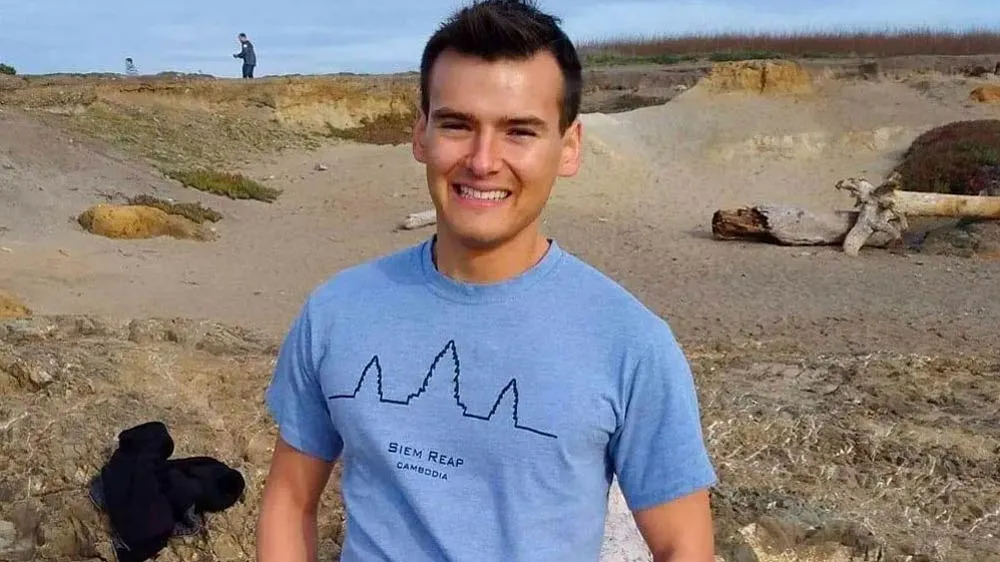June 2, 2021
Trove CEO Talks About Helping Brands Cash in on Resale
Anne D'Innocenzio READ TIME: 3 MIN.
After seeing young shoppers flock to thrift stores and online sites for used clothes, a growing number of fashion companies want to take back control.
But running a resale business is complicated, so some big iconic fashion brands like Levi's, Eileen Fisher and Patagonia are turning to Trove, a tech startup that handles the logistics of taking back merchandise and preparing it for resale. That includes cleaning the millions of items of clothing and shipping them in the label's own packaging.
Customers of these brands trade in gently used items in a store or by mail in exchange for a gift card. Shoppers looking for second-hand goods can find them showing up on the individual website, and can expect to save 40% to 50%.
The nine-year-old company, based in Burlingame, California, launched Patagonia as its first partner in 2017. Trove now faces increasing competition from marketplaces like ThredUp and Poshmark, both of which went public this year.
But there's plenty of room to grow in the resale business, which accelerated during the pandemic as shoppers spent more online and considered the unused stuff in their closet. The total resale market is worth roughly $30 billion and should more than double to $64 billion by 2024, according to research from GlobalData.
In fact, Trove, which has seven big clothing partners, is in talks with about 40 additional high-priced brands and is poised to double revenue this year from an estimated $20 million in 2020. Lululemon started testing a trade-in pilot program in California and Texas in April and launched an online resale site in May.
AP interviewed Trove's CEO and founder Andy Ruben, Walmart's first chief sustainability officer before he launched the resale business. The interview has been edited for clarity and length.
Q. Do you think most of the fashion industry will get into resale?
A. Any premium brand that makes beautiful designs will be in the resale space, every one of them that is relevant in around five years plus. Think about certified preowned cars. There was a moment where if you wanted to buy a used Lexus or a used Mercedes, you go to a used car lot. And when Lexus got into that business, they realized that if they offered that they could offer more value for customers who are already owners. For customers that used to be in Honda, Toyota, this would give them an opportunity to be part of the brand and experience what a premium car could do.
Q. Why would clothing brands want to get into resale?
Sixty-five percent of the customers who buy goods...have never bought from the brand before. Ten percent of those customers make a full-price brand purchase within six months, which means they not only get to experience a product, for example, a Lululemon product, but in experiencing a quality product, they fall in love. They don't want to go back.
Q. How did the pandemic accelerate shoppers' interest in resale?
A. The trend has been going on for years before the pandemic. The pandemic accelerated in several ways. I think that the tailwind from greater e-commerce has helped this. Also, and importantly, the the introspection that many of us did in this period, the kind of unexpected period of the last year and a half of what we do own and why we own these items and how we do shop and do we have items that we haven't worn. Eighty percent of the average U.S. closet hasn't been worn in the last 12 months.
Q. How is the price set?
A. Setting the trading price is a brand decision. We present the full scope of industry data, all the trading data for the products they have. We sit with them every week and every month.... The way we think about every partnership is what is the program that they will make money and we will make money and we will build a fantastically large, successful program together.
Q. How do you view competition?
A. We are enabling resale for brands. That is not the same whatsoever as being a marketplace. It is wholly different than a brand really owning the space.


